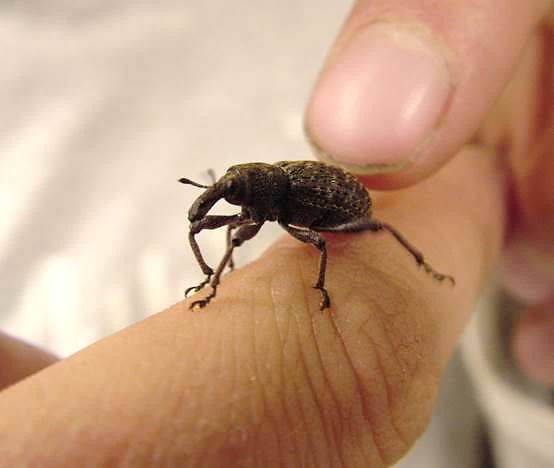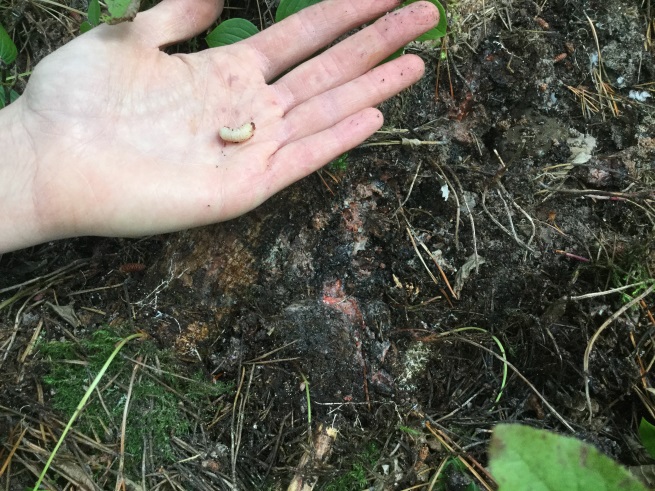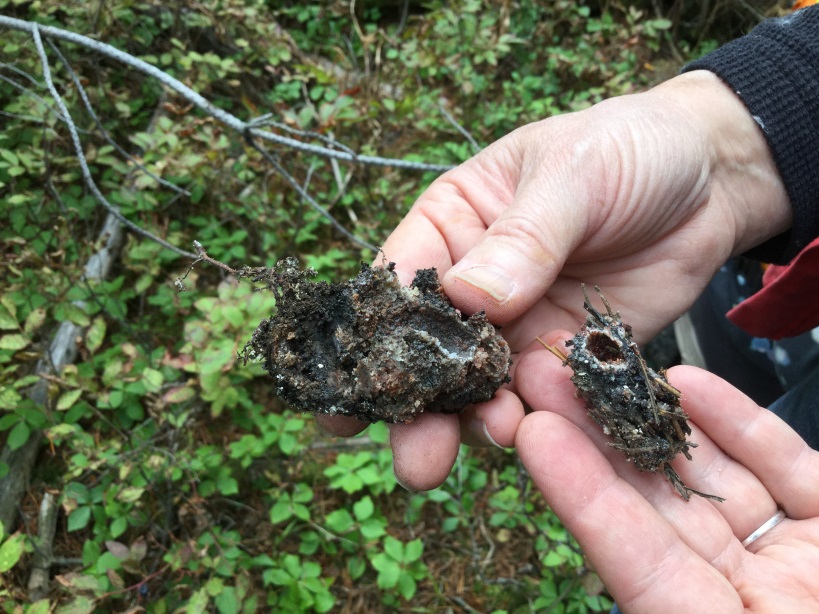Warren root collar weevil
Warren root collar weevil occurs in the coniferous forests of North America. It extends from Newfoundland to coastal British Columbia and into the Northwest Territories and the Yukon.
On this page
Description
Warren root collar weevils are dark in colour, relatively large (about 13.5 mm long) and flightless.
Host tree species
The hosts of the Warren root collar weevil include most pine and spruce trees native to Canada. Lodgepole pine, jack pine and white spruce are preferred. White spruce and black spruce are usually attacked if they occur intermixed with lodgepole pine. Less frequent hosts include western white pine, and Engelmann and Sitka spruces.
Life cycle
Females lay eggs between late May and early September with a peak in July.
The larval stage causes the most damage, and is the most easily identified indicator of an attacked tree. The larva is a white legless grub with a brown head capsule. The larval stage doesn't always kill the tree, but feeds in below-ground galleries present under the bark of the root collar and roots. It's only when the weevil girdles the complete circumference of the tree that host mortality occurs.
Damage symptoms
Pitch exuded by an attacked tree is mixed with particles of the chewed off bark and soil to create a protective covering, which looks pinkish-brown when fresh and eventually hardens into a black mass. Weevil-attacked trees are easily recognizable by the presence of this protective covering below the soil surface at the base of the tree or on major roots.
Tree mortality can occur if one or more larvae completely girdle the tree. Young plantations with small-diameter trees have the highest risk of mortality. Weevil attacks are most evident on 5 to 20 year old trees. Severely affected trees of this age class exhibit above-ground growth reduction and decreased root diameter growth.
Management
Warren root collar weevils can live as long as five years, and this longevity is a concern during regeneration of host trees.
Where large weevil populations are present, a planting delay after harvest of two to three years may reduce the impacts. Prescribed burning or soil mixing may also to reduce weevil populations.
Identification images
Adult

Characteristic root collar weevil larva freshly dug-out of pitch mass at the bottom of a host tree.
Larva

Larval tunnel

Warren root collar weevil larvae construct a protective covering from pitch, bark, soil, and frass. The larval tunnel is often visible if the pitch mass covering is broken open.
Contact information
Contact us if you have further questions about managed-stand pests and how they are controlled in B.C.
